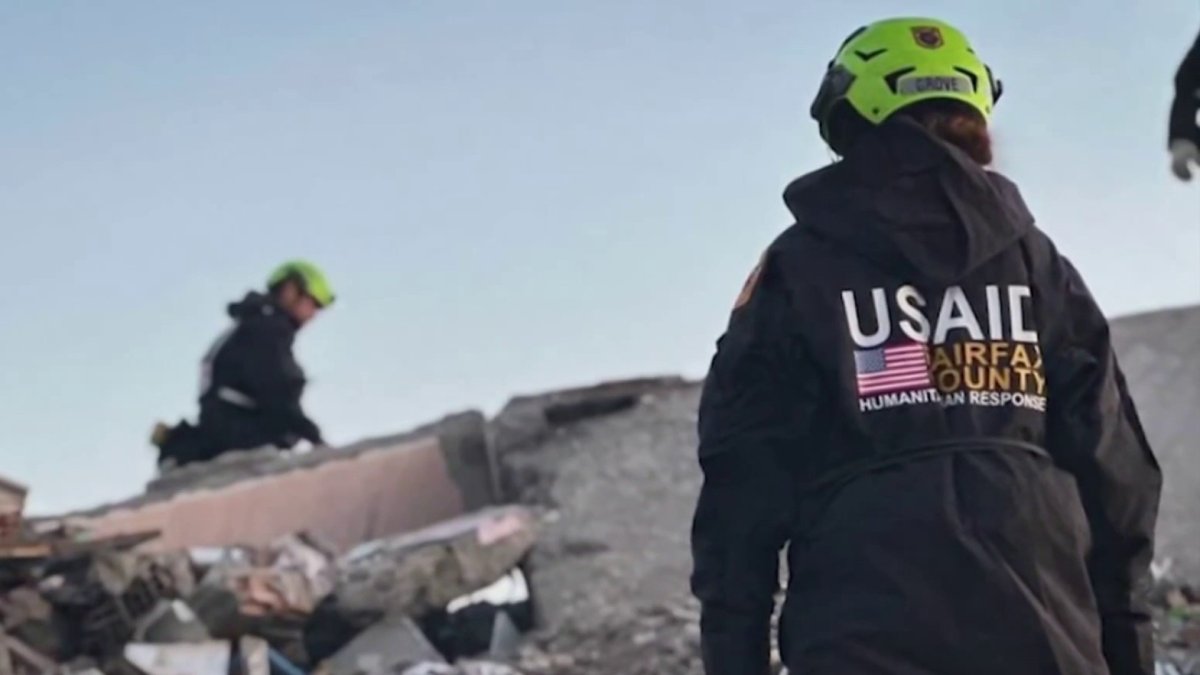Breaking: USAID Funding Halt Threatens American Livelihoods and Healthcare Landscape

As the clock ticks down to a potential massive disruption at the U.S. Agency for International Development (USAID), health experts are raising urgent concerns about the far-reaching consequences that could ripple through communities both abroad and at home. With nearly all foreign aid workers set to be placed on leave, critical global humanitarian efforts hang in the balance.
The impending pause threatens to derail essential lifeline programs that millions depend on, including vital health clinics, clean water initiatives, and food assistance for vulnerable populations living in poverty. These programs are not just abstract international aid efforts, but tangible lifelines that support human dignity and survival in some of the world's most challenging regions.
Medical professionals and humanitarian experts warn that the potential shutdown could create immediate and long-lasting gaps in essential services, potentially undermining years of strategic development work and leaving countless communities at risk. The domino effect of such a pause could compromise public health, food security, and economic stability in regions already struggling with significant challenges.
As policymakers and aid organizations brace for this potential disruption, the human cost remains the most critical consideration. Each suspended program represents real people whose daily survival depends on these carefully constructed support systems.

